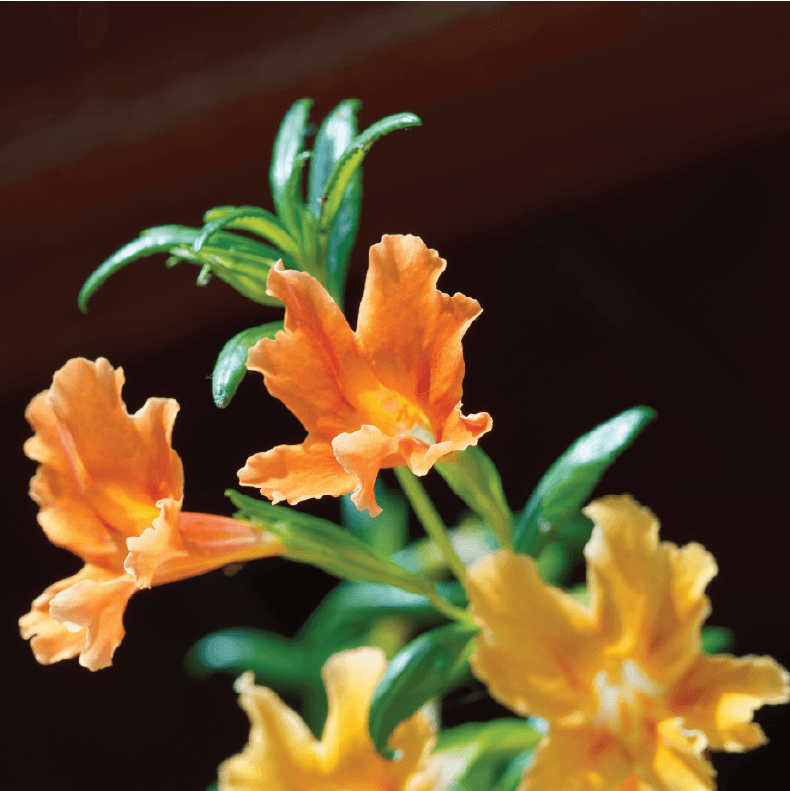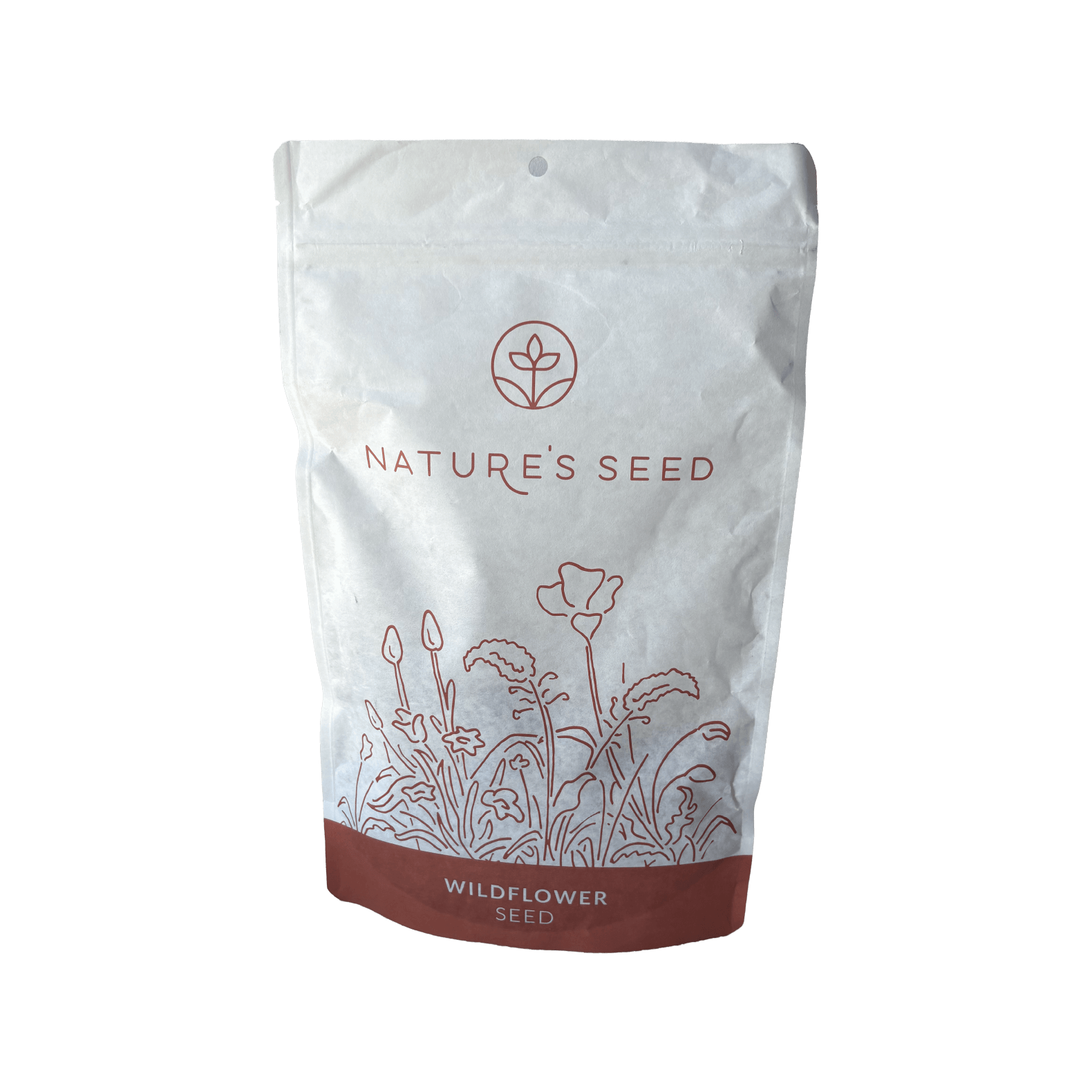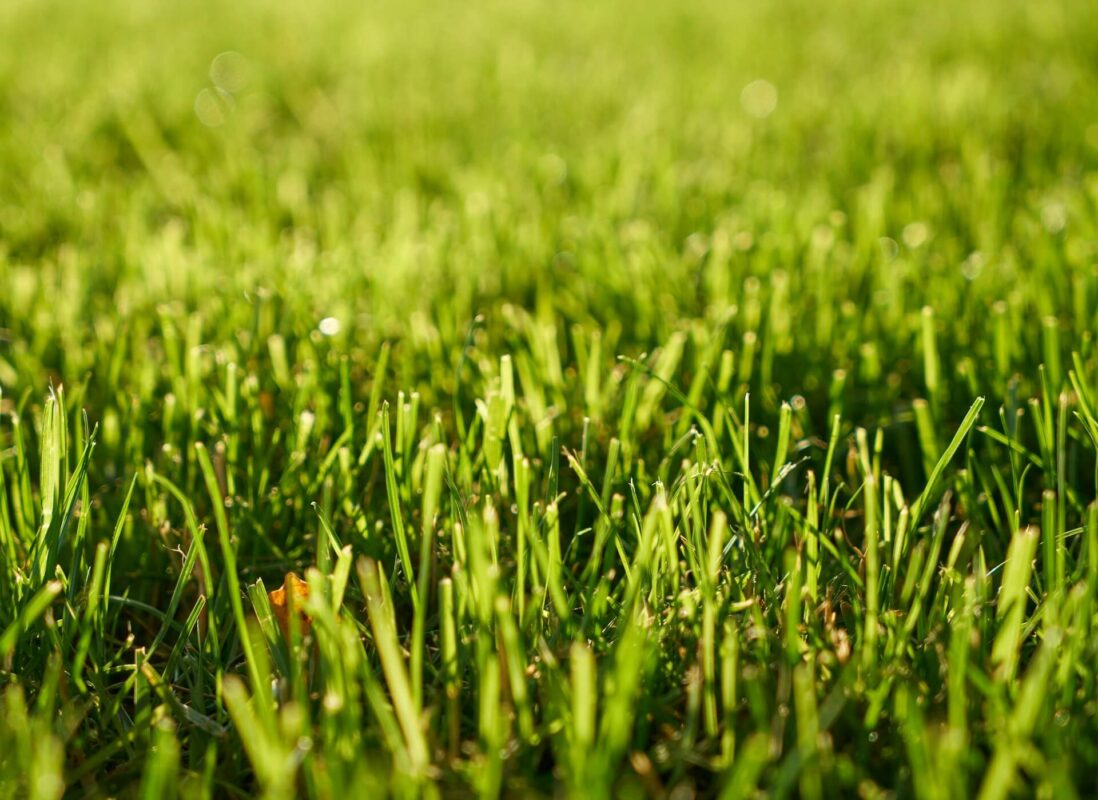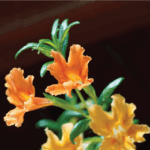
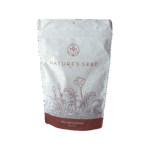
What is Bush Monkeyflower?
This Bush Monkeyflower seed was collected with permits from wildland areas in Southern California.
Bush Monkeyflower (Diplacus aurantiacus), also called Sticky Monkeyflower, is a vibrant evergreen subshrub native to California’s coastal and foothill regions. It grows 2–4 feet tall and wide, with glossy sticky leaves and a profusion of tubular orange flowers from spring through summer. Nectar-rich blossoms are a favorite of hummingbirds and butterflies. It thrives in full sun near the coast and partial shade inland, preferring well-drained soil and dry conditions once established—overwatering is more harmful than drought. Deer generally avoid Monkeyflower due to its resinous foliage. Use it to add color to rock gardens, dry borders, or slopes.
Specifications
Sun Requirement
Full Sun to Partial Shade
Soil Preference
Well-drained, sandy or rocky soils; tolerates clay on slopes
Soil pH
Neutral to slightly alkaline
Time to Maturity
200+ days to woody establishment
Height when mature
2–4 ft
Seeding Rate
1 lb/acre
Planting Depth
Surface sow (very fine seed; needs light to germinate)
Bush Monkeyflower
Diplacus aurantiacus | SKU: W-DIAUA
Check your ZIP code to know if this seed works for you
Check Your ZIP Code
×Enter your ZIP code to see if this seed works in your region:
Why Choose This Seed?

Hummingbird Magnet
Once established, Bush Monkeyflower has vibrant blooms that are highly attractive to pollinators, including native bees, butterflies, and hummingbirds. Its bright tubular flowers are especially adapted for the beaks of hummingbirds, who love visiting the blooms in the spring and early summer.
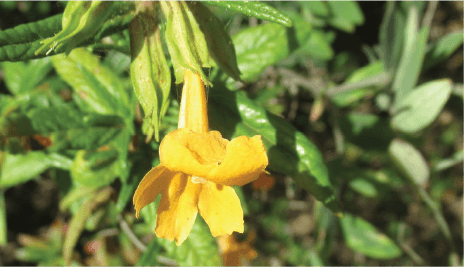
Extended Bloom Season
Planted from seed, bush Monkey Flower may take a year or more to establish as a woody shrub. However, once it is established, this species will reward you with blooms throughout the year, from spring through late summer; and sometimes year-round near the coast.
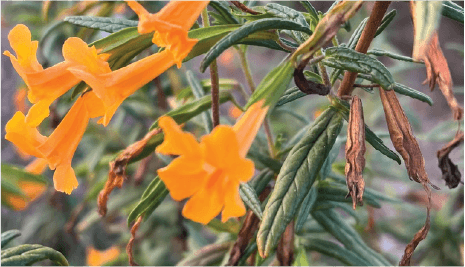
Drought Adapted
Once established, this species requires minimal summer water, in fact, it dislikes summer water completely.
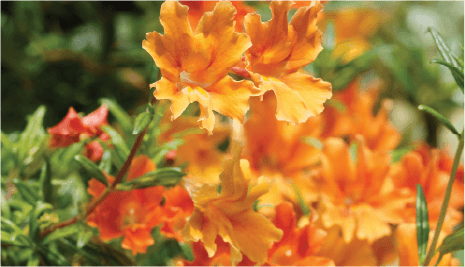
Great for Slopes
This plant has a complex root system that stabilizes dry, sunny to lightly shaded slopes. This shrub can grow slowly at first from seed, so if using for erosion control, be sure to include it in a mix with faster-growing grasses, such as our Native Erosion Control mix.
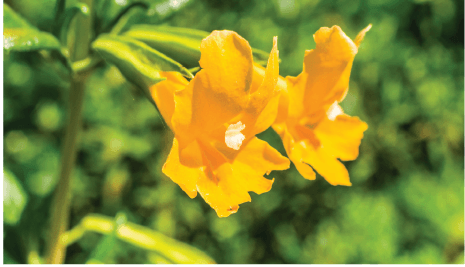
Hearty and Resilient
Busch Monkeyflower is deer-resistant and can handle a wide range of conditions, from hot suny slopes to cooler coastal climates.
Seed Description
Product Details
Sun/Shade
Full Sun to Partial Shade
Height
2–4 ft
Seeding Rate
1 lb/acre
Uses
Hillside stabilization, wildlife gardens, coastal gardens, large containers
Color
Orange
Water
Low—occasional deep water at most; avoid frequent summer irrigation
Native/Introduced
Native to California
Life Form
Evergreen shrub (subshrub)
Planting Guide
When to Start & Weed Control
Start prepping your planting area in fall, so that you are ready to seed between late September and early February, when temperatures cool and rain is on the horizon.
Weed your growing area BEFORE planting any native seeds. We recommend not only pulling visible weeds but also “flushing out” the weed seeds that are waiting in the soil. Irrigate the area and wait for weed seeds to germinate, then remove them using your method of choice. Irrigate again, wait, and perform another round of weed control. Repeat 2-3 times.
Soil Prep
Ensure your soil is as bare as possible for the maximum amount of seed-to-soil contact. If the entire area can’t be completely cleared, rake out as much dead plant material from the area as you can to create bare patches of soil for the seed to make contact with. For best results, the soil should be easily crumbled and not heavily compacted.
Seeding
It is best to seed onto slightly damp soil. If necessary, water the top 1/4 inch of soil before seeding. Scatter seed directly on the soil surface and rake gently or lightly press the seed into the soil. Do not bury the seed deeper than 1/4 inch into the soil.
Water
After planting, keep the top 1/4 inch of soil consistently moist until the seeds have germinated and the first true leaves have emerged. A good rule is to water lightly every day intul the seedlings are an inch high, then you can reduce watering to every 3 days. Skip days when it rains. Within 6 weeks after germinating, your plants should need only occasional watering. Don’t over-water your plants, especially in summer.
Questions & Answers
How much water does it need after it’s established?
Very low. In most gardens a deep soak less than once a month is plenty; some sites need none. Too much summer irrigation = problems.
How and when should I prune?
After the main flush, deadhead and lightly shape; a light spring trim before growth also works. Avoid hard cuts into old wood.
Is it good for wildlife?
Yes—hummingbirds love the tubular flowers; it also supports butterfly larvae (checkerspot, buckeye) and native bees.
Is it deer-resistant?
Frequently listed as deer-resistant once established, though browse pressure varies by site—trial a few plants if deer are heavy.
Does it mix well with other wildflowers?
Plant on slopes/berms with drainage. Pair with bunchgrasses and other dry-summer natives like California fuchsia (Epilobium canum); give afternoon shade inland for longer bloom.
When does this wildflower bloom?
Bush Monkeyflower blooms during late spring/summer (often longer near the coast)
Still have
questions?
Our planting experts
are here to help.
customercare@naturesseed.com
Response time:
Within 1 business day
Reviews
| Coverage Area | , , |
|---|
Related Products
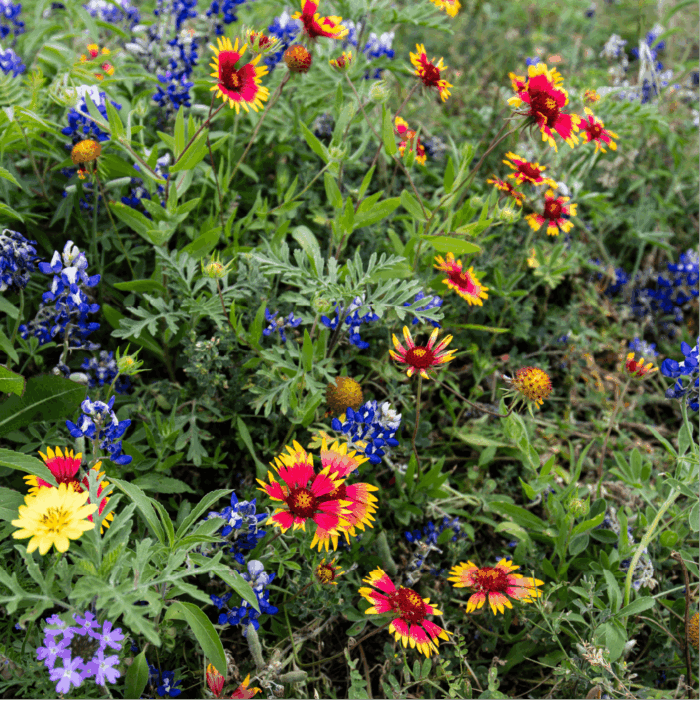
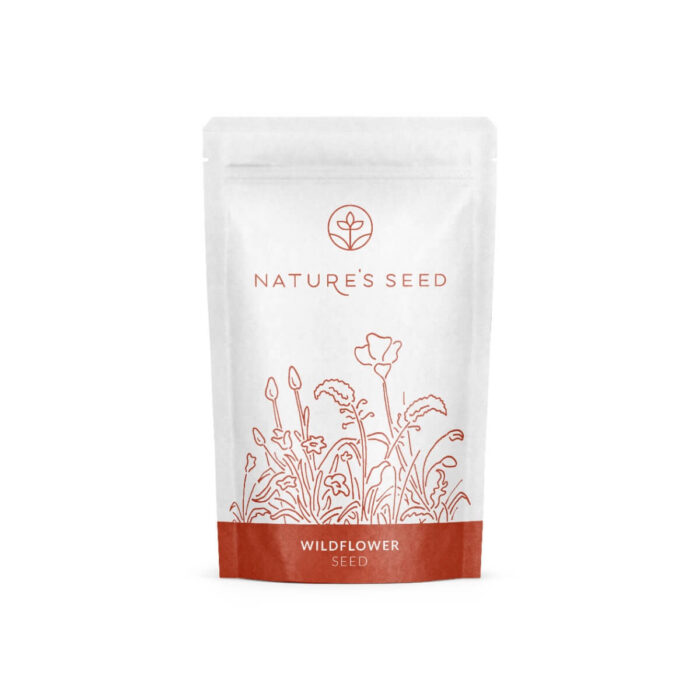
Annual Wildflower Mix
(4.7) - 145 reviews
$25.99/lb
Cattle, Poultry, Sheep
Northern USDA Regions (3-5), Southern USDA Regions (8-10), Transitional USDA Regions (6-8)
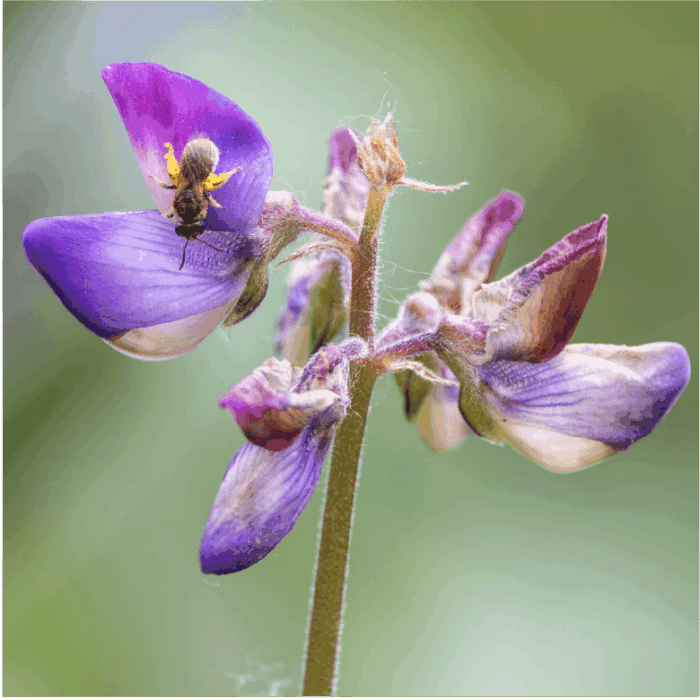
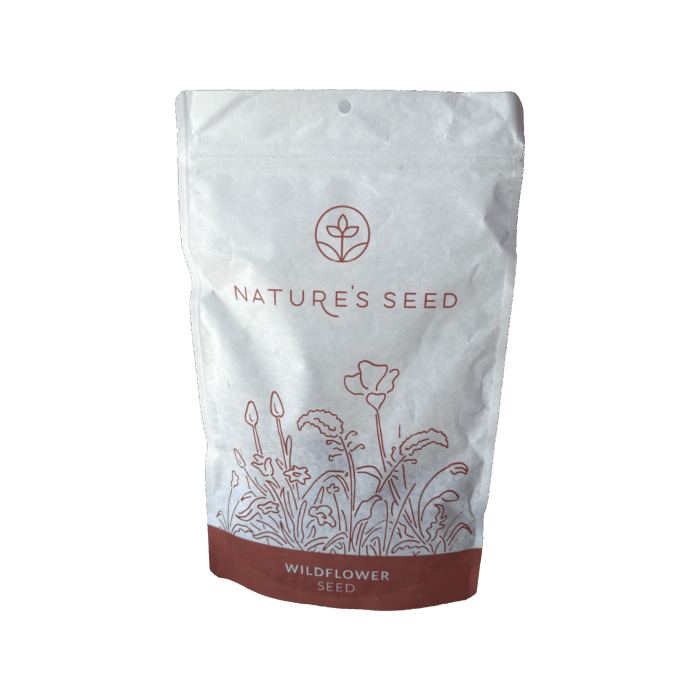
Arroyo Lupine
(4.7) - 145 reviews
$51.96/lb
Wildflower displays, restoration, slope stabilization, pollinator gardens
Southern USDA Regions (8-10), Transitional USDA Regions (6-8)
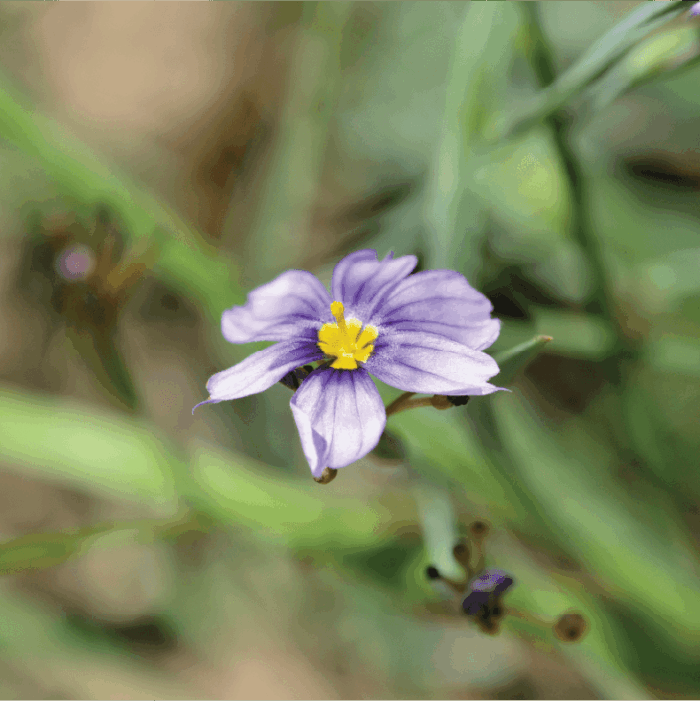

Blue-eyed Grass
(4.7) - 145 reviews
$171.96/lb
Meadow plantings, lawn alternatives, pond edges, rock gardens, open woodlands
Southern USDA Regions (8-10), Transitional USDA Regions (6-8)
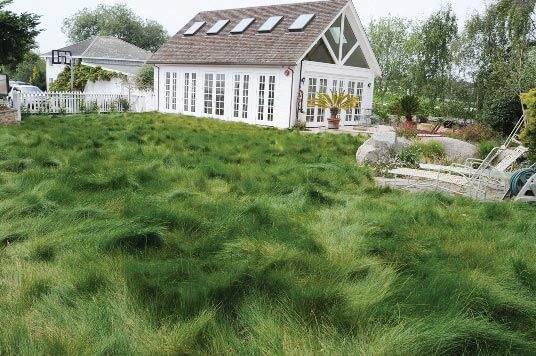
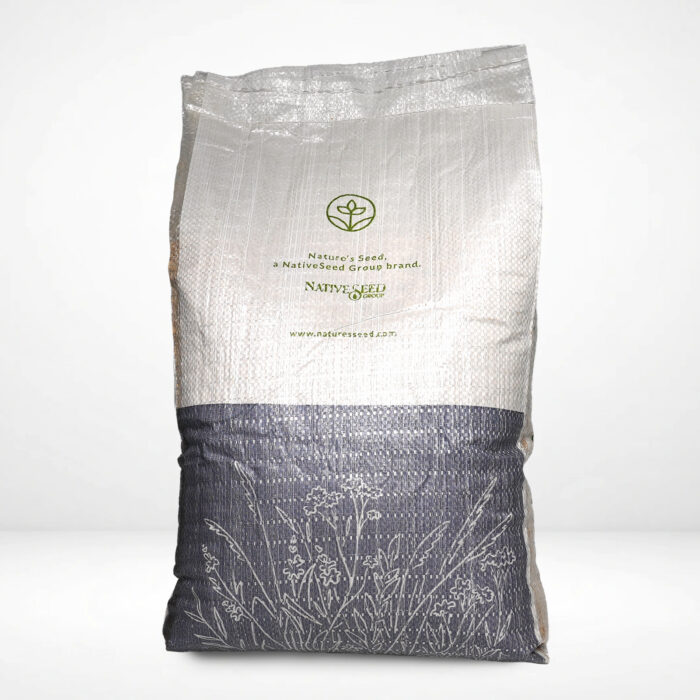
California Native Mow Free Lawn Fescue Mix
(4.7) - 145 reviews
$39.20/lb
Home Lawns; Erosion Control & Slopes; Low-Maintenance / No-Mow / Eco-Lawn; Shade-Friendly
Northern USDA Regions (3-5), Southern USDA Regions (8-10), Transitional USDA Regions (6-8)
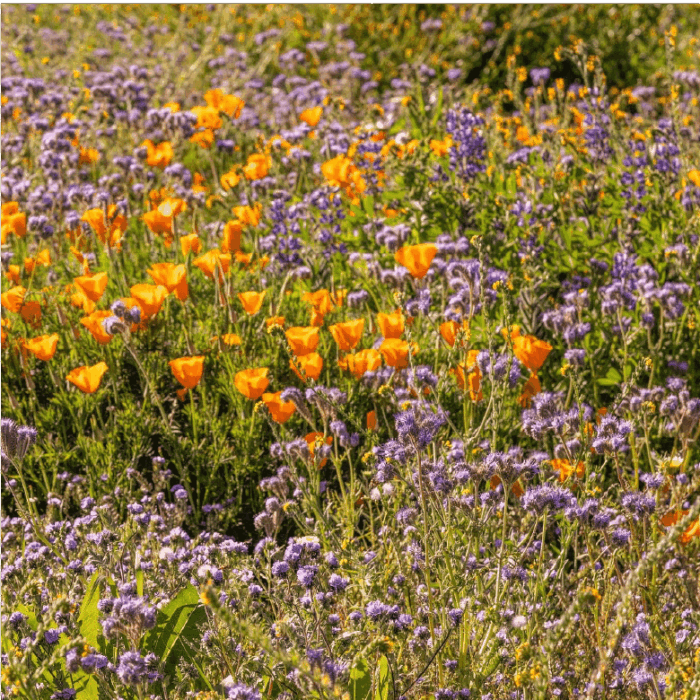

Central Valley Pollinator Mix (Xerces Society)
(4.7) - 145 reviews
$100.00/lb
Pollinator habitat (farms/orchards), wildflower meadows, restoration areas
Southern USDA Regions (8-10), Transitional USDA Regions (6-8)
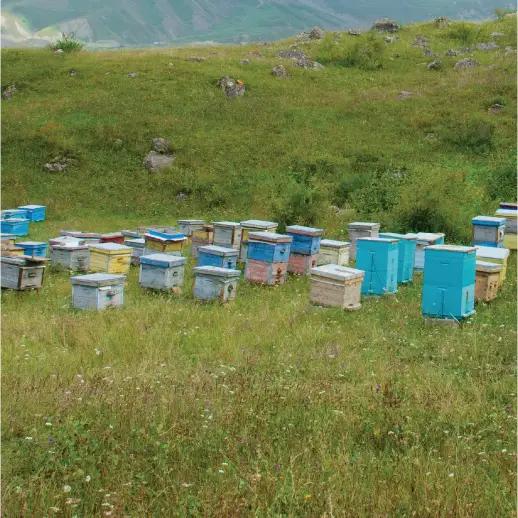
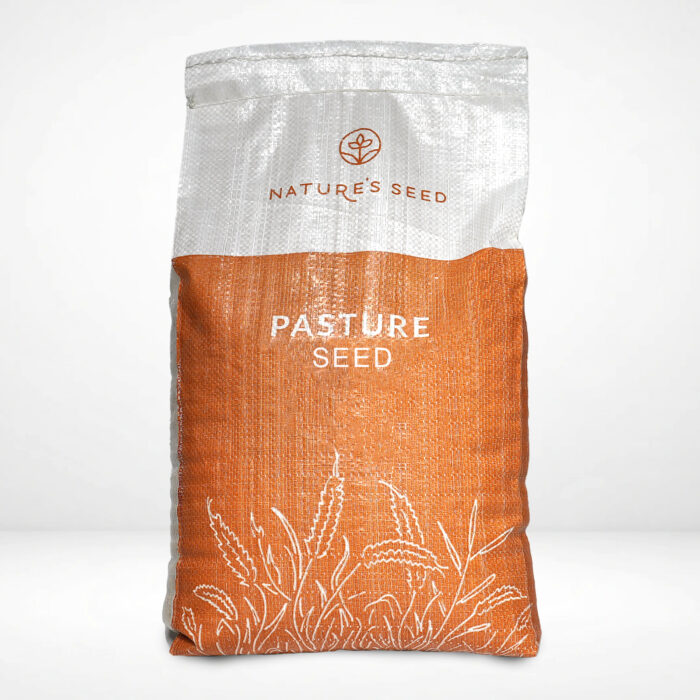
Honey Bee Cover Crop & Pasture Mix
(4.7) - 145 reviews
$10.00/lb
Honey Bee
Northern USDA Regions (3-5), Southern USDA Regions (8-10), Transitional USDA Regions (6-8)
